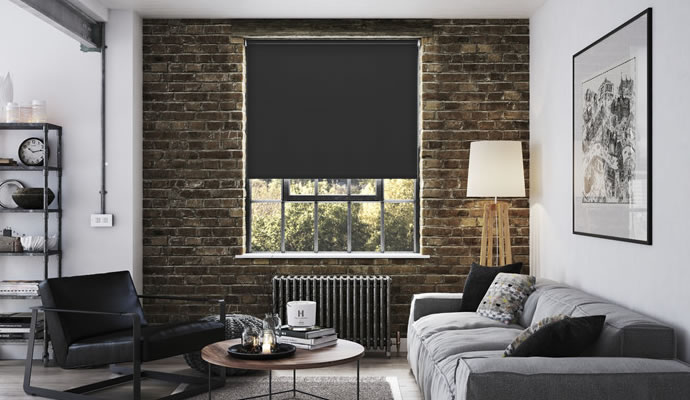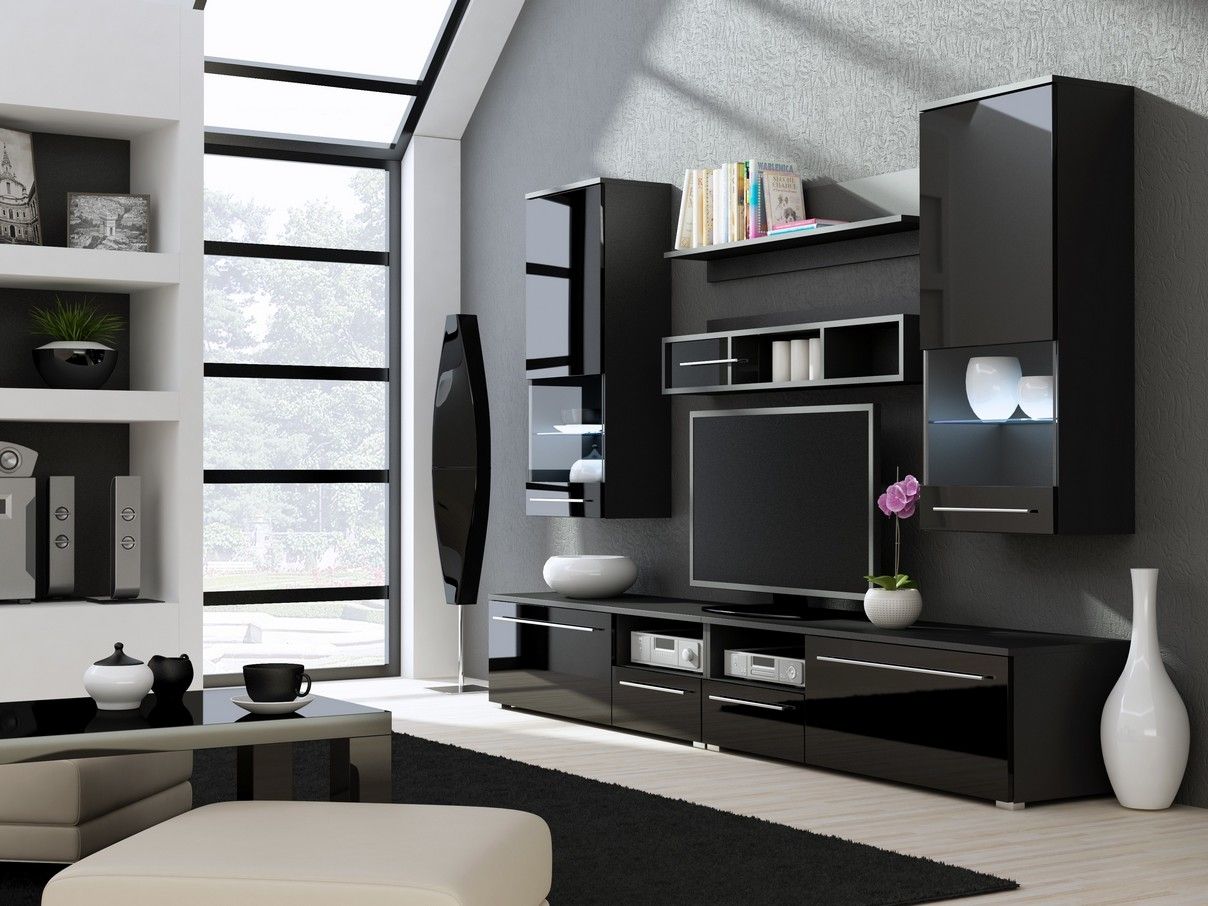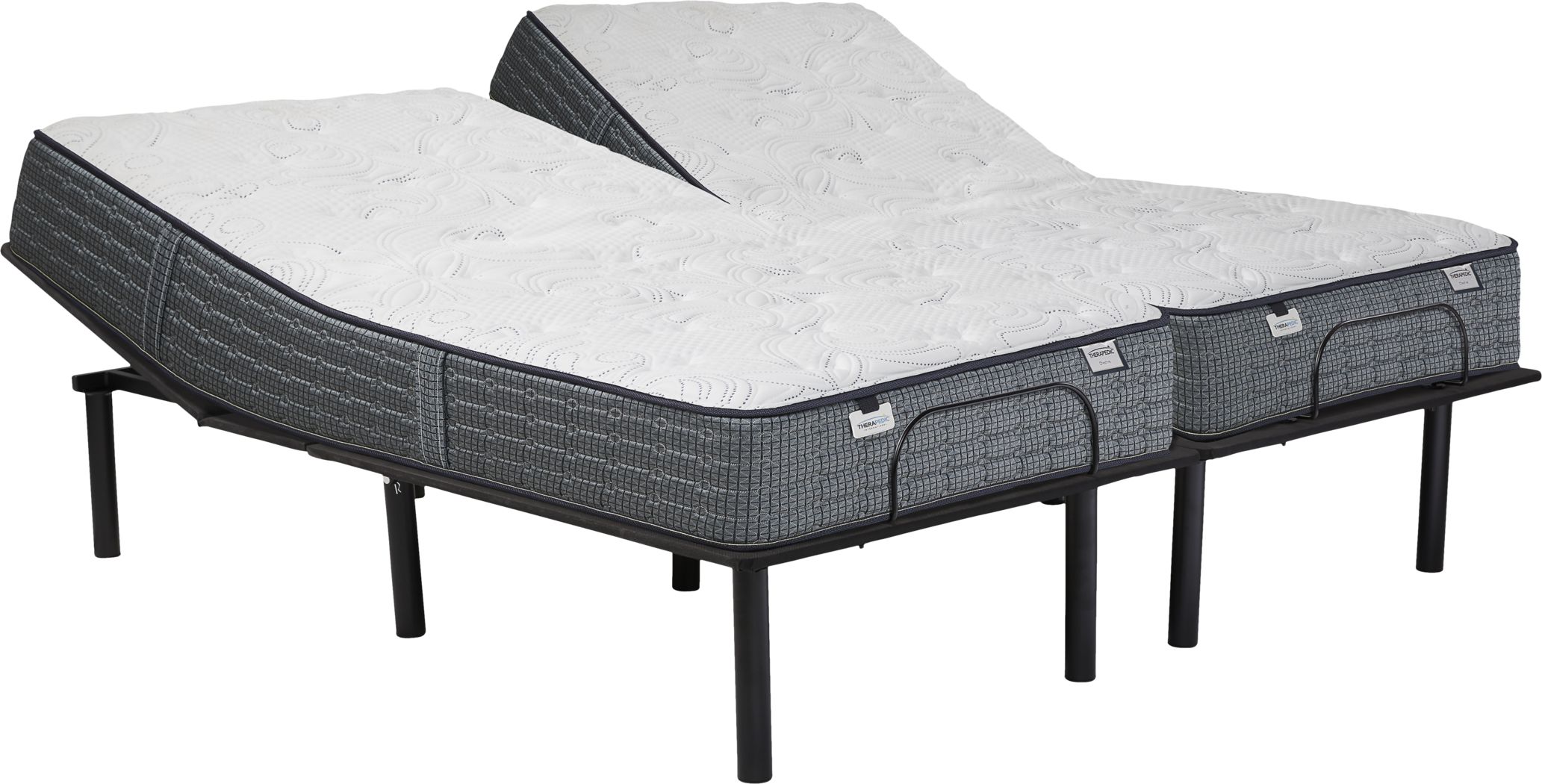The kitchen is the heart of every home and it's important to understand the basics of kitchen design before you start tackling your project. Understanding the focus of kitchen design, the key components, and what to look for when making improvements are all important elements of creating the perfect kitchen. Here are some of the top kitchen design lessons that you should take into consideration. The first and most important lesson is that good kitchen design is all about the flow. There should be a variety of paths that are easy to navigate and don't create bottlenecks. When designing your kitchen, look for ways to create larger openings and use island benches to make it easier to move between the appliances and workstations. Secondly, keep functionality in mind. Make sure that the appliances are placed in a way that allows for efficient meal preparation, snacking, and cleaning. Thirdly, don’t forget about the importance of proper lighting. You don't want the kitchen to be too dark while you're cooking but too much light can create harsh shadows and uncomfortable glare. Use several layers of lighting, including ambient, task, and accent lights to create the perfect balance for your kitchen. Fourthly, consider storage solutions. Create cabinets and drawers that provide enough space for all of your kitchen needs. Lastly, go for a timeless style. While trends come and go, timeless design elements, like natural timber, can make your kitchen look good for years to come. 5 Primary Kitchen Design Lessons
Cabinets are a key element in any kitchen design. You want to make sure that they are both functional and aesthetically pleasing. Here are some creative kitchen cabinet design tips to help you design the perfect cabinets for your home. The first thing you should consider is your cabinet’s style. Either go with the classic shaker style or opt for something more modern, like flat-front cabinets. If you're feeling adventurous, try out two-toned cabinets or a dual finish. Secondly, consider the material of your cabinets. Wood is always a classic choice, but if you're looking for something more durable, go with acrylics or metals. Thirdly, think about storage needs. Choose soft close drawers for items that you use often to make them easier to access. Lastly, don’t forget about the lighting. Consider adding small LED lights to your cabinets to create an illuminating effect. Creative Kitchen Cabinet Design Tips
Kitchen islands are both beautiful and functional. They provide extra storage, work space, and even seating in larger homes. Here are some tips to help you design the perfect kitchen island to suit your style and needs. The first thing you need to consider is the size and shape of your island. A small and compact design is ideal for smaller kitchens while a large and U-shaped island can add extra counter space and seating. Secondly, consider the material. Natural woods, laminates, and stone can all work as materials for your island. Thirdly, look at storage and seating solutions. Create drawers and shelves to give you extra storage space and add seating on the side or the top of the island for additional people seating. Lastly, don’t forget about lighting. Choose a functional lighting solution, like pendant lights, to create a dazzling effect in your kitchen. Design the Perfect Kitchen Island
Lighting is an important element of kitchen design. The right lighting can completely transform the atmosphere in your kitchen and make it feel more inviting and cozy. Here are some lighting basics for kitchen design to help you create the perfect lighting environment in your home. The first thing to consider is ambient lighting. Ambient lighting is the foundation of all good lighting design and should be used to create a general atmosphere and even level of illumination. Secondly, add task lighting. This will provide targeted lighting for work spaces, making it easier to work and prepare meals. Thirdly, accent lighting can be used to highlight specific areas, such as artworks or furniture pieces. Lastly, consider the functionality of your lighting fixtures. Choose fixtures with motion sensors or a dimmer to create the perfect lighting for your needs. Lighting Basics for Kitchen Design
Choosing the right color palette for the kitchen can make a huge difference. Whether you want to create a light and airy kitchen or a dark and dramatic one, there are plenty of kitchen color schemes to choose from. Here are some ideas to help you decide. If you're looking for a modern, contemporary style, consider a mix of black and white with a pop of bright color. Alternatively, if you're going for a more traditional look, consider off-white hues with wood tones. For something bold, use navy blues and teal greens or opt for a softer touch with pastel colors. You can also incorporate tonal variations and accent colors to personalize your kitchen. Lastly, don’t forget about metallic accents. Metallic elements, like copper, can be used to create a warm and inviting atmosphere in your kitchen. Kitchen Color Schemes and Design Ideas
One of the biggest challenges when it comes to designing a kitchen is creating a functional space in a smaller area. Here are some small kitchen design solutions from pros that will help you maximize your kitchen space. The first step is to prioritize your needs. Cut out the excess and focus on equipment that can help make the most out of small spaces, like under counter refrigerators, slide-out shelves, and Lazy Susans. Secondly, focus on the layout. Create an “L” or “U” shape layout to combine your kitchen units and maximize the floor space. Lastly, invest in resourceful storage solutions. Hang things from the walls, like pegboards, or install modular shelves and cabinets to get more storage out of your kitchen. You can also add counter-hung racks for extra convenience. Small Kitchen Design Solutions From Pros
The kitchen layout is an important element of design. You want to make sure that all of your appliances and work spaces are working together in harmony. Knowing the basics of kitchen layout design can help you plan your kitchen more efficiently. The first step is to figure out a layout that suits your space. You might be limited by the size of your kitchen but you can still create an efficient layout. If you have a larger kitchen, opt for a G-shaped layout. It combines the best of the U-shaped and L-shaped kitchens in one. Secondly, consider your seating arrangement. Create a comfortable space for dining with adequate seating. Lastly, think about the functionality of the layout. Make sure that all of the appliances and work spaces are within easy reach and that there is enough counter space for meal preparation. What to Know About Kitchen Layout Design
Choosing the right appliances for your kitchen can make your life easier and more convenient. Here are some tips to help you choose the right kitchen appliances for your home. The first thing you should consider is size. Make sure that the appliances are able to fit in your kitchen comfortably and are sized correctly for the space. Secondly, consider energy-efficiency ratings. Look for appliances with the highest energy-efficiency ratings to save money and keep your home eco-friendly. Thirdly, look at features. Choose appliances that come with accessories and features that can help you with your cooking needs. Lastly, don’t forget about the maintenance. Look for appliances that are easy to maintain and come with warranties for extra peace of mind. Choosing the Right Kitchen Appliances
Kitchen design trends come and go, but there are some that stand the test of time. Here are some tips to help you incorporate kitchen design trends into your kitchen design. The first thing to consider is colors. Bold colors, like deep reds and blues, are very popular when it comes to kitchen design. You can also use metallic accents to create a modern vibe. Secondly, think about the style of your cabinets. Framed cabinets are a great way to add character to your kitchen while conveying a more traditional look. Thirdly, look for efficient storage solutions. Roll-out trays, drawers, and cubbies are all great storage solutions that can help you maximize the space in your kitchen. Lastly, don’t forget about the accessories. Choose stylish counter stools, artwork, and bright color appliances to give your kitchen a modern finish. How to Incorporate Kitchen Design Trends
Thinking about giving your kitchen a makeover? Renovating a kitchen can be an exciting and rewarding experience, if you plan it correctly. Here are some 10 design tips for your kitchen renovation to help you get started. The first tip is to create a plan. A plan will help you identify your goals and stay on track throughout the renovation process. Secondly, think about the layout. The layout will dictate the design of the kitchen and you should look for ways to create an efficient and spacious environment. Thirdly, consider the style. Choose a style that fits in with the rest of your home for a cohesive look. Rustic, modern, and traditional all work well. Fourthly, optimize your storage. Utilize all the space in your kitchen, including corners and vertical spaces. Fifthly, don’t forget about lighting. Install ambient, task, and accent lights to bring your kitchen to life. Sixthly, bring the outdoors in. Use natural materials, like stone, to give your kitchen a more natural feel. Seventh, select your appliances carefully. Chooseenergy efficient, stylish appliances that are the right size for your kitchen. Eighth, incorporate color. Incorporate color with paint, artworks, and accessories to add character to the space. Lastly, embrace the unexpected. Pick unique and interesting elements that will make your kitchen stand out. 10 Design Tips for Your Kitchen Renovation
Kitchen remodeling can be a huge undertaking. But, if done correctly, it can increase the value of your home and make life more convenient. Here are some of the benefits of kitchen remodeling that you should consider. The first benefit is improved functionality. Remodeling your kitchen can help you create a more efficient space. You can add better lighting, increase counter space, and use resourceful storage solutions. Secondly, it can increase the value of your home. A stylish kitchen can increase the value of your home should you decide to sell it down the line. Thirdly, it can make life more convenient. With the new layout and appliances, you can spend less time preparing meals and cleaning and more time with your family. Lastly, it can boost your mood. With its bright colors and trendy designs, a remodeled kitchen can help brighten up your mood and create a more inviting atmosphere. The Benefits of Kitchen Remodeling
Making the Most of Kitchen Design Lessons
 Kitchens are often the most important room in the home; a
well-designed kitchen
can improve functionality, style, and value. Understanding the basics of
kitchen design
will help you make the best choices when it comes to creating a perfect kitchen. Fortunately, there are great resources to learn the essentials of kitchen design with
kitchen design lessons
.
Kitchens are often the most important room in the home; a
well-designed kitchen
can improve functionality, style, and value. Understanding the basics of
kitchen design
will help you make the best choices when it comes to creating a perfect kitchen. Fortunately, there are great resources to learn the essentials of kitchen design with
kitchen design lessons
.
Creating a Kitchen Design Brief
 The key to successful kitchen design is understanding the goals and needs of the kitchen user.
Kitchen design lessons
can help you create a kitchen design brief that outlines the various items that should be included for a successful kitchen plan. A kitchen design brief can generally include the following information:
The key to successful kitchen design is understanding the goals and needs of the kitchen user.
Kitchen design lessons
can help you create a kitchen design brief that outlines the various items that should be included for a successful kitchen plan. A kitchen design brief can generally include the following information:
- The overall style of the kitchen.
- Budget and sourcing options.
- Storage requirements.
- The type of appliances needed.
- Countertop and work surface choice.
- Ventilation, lighting, and other energy requirements.
Finding the Right Kitchen Design Lessons
 The internet can be a great resource for finding
kitchen design lessons
. You can find a wide variety of online classes, tutorials, and even structured self-study courses. There are also many reputable books and magazine articles on the subject that can provide in-depth information on how to design a kitchen.
If you want to learn in-person, there are plenty of kitchen design sessions available from experts. Kitchen showrooms and design centers are often a good place to get started, as they offer helpful advice and often have design professionals available to provide guidance. Local home improvement stores are another great source for
kitchen design lessons
, and they often have classes or events where consumers can learn more from a certified kitchen designer.
The most important thing to keep in mind when looking for
kitchen design lessons
is to make sure they are structured and comprehensive. Working with a certified kitchen designer or taking a structured class can ensure that you understand not only the aesthetic elements of kitchen design but also the practical side.
The internet can be a great resource for finding
kitchen design lessons
. You can find a wide variety of online classes, tutorials, and even structured self-study courses. There are also many reputable books and magazine articles on the subject that can provide in-depth information on how to design a kitchen.
If you want to learn in-person, there are plenty of kitchen design sessions available from experts. Kitchen showrooms and design centers are often a good place to get started, as they offer helpful advice and often have design professionals available to provide guidance. Local home improvement stores are another great source for
kitchen design lessons
, and they often have classes or events where consumers can learn more from a certified kitchen designer.
The most important thing to keep in mind when looking for
kitchen design lessons
is to make sure they are structured and comprehensive. Working with a certified kitchen designer or taking a structured class can ensure that you understand not only the aesthetic elements of kitchen design but also the practical side.








































































































